
 Data Structure
Data Structure Networking
Networking RDBMS
RDBMS Operating System
Operating System Java
Java MS Excel
MS Excel iOS
iOS HTML
HTML CSS
CSS Android
Android Python
Python C Programming
C Programming C++
C++ C#
C# MongoDB
MongoDB MySQL
MySQL Javascript
Javascript PHP
PHP
- Selected Reading
- UPSC IAS Exams Notes
- Developer's Best Practices
- Questions and Answers
- Effective Resume Writing
- HR Interview Questions
- Computer Glossary
- Who is Who
Effects of Plant Growth Regulators on In-Vitro Culture and Regeneration
What is Regeneration?
Every organism either a plant or an animal has a natural ability to grow and regenerate to a variable extent. This includes an example that every day millions of cells die and for us to survive we need to replace them with new and healthy cells.
Similarly, in a plant, if we cut a shoot or its part or perform cloning it will regrow itself. It is due to the meristem cells an organism produces new cells of the same type as well as different types which differentiates to form a specialized tissue, cells, organs, and even a new organism.
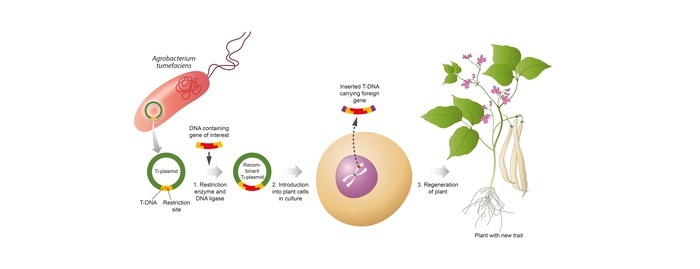
Plant Genetic Engineering
Therefore, regeneration is the ability of cells to form new tissues, organs, or even a whole new organism. But not all cells form new tissues or organs under all conditions.
An example is that we cannot regenerate a shoot from a root cell as it is a differentiated cell that is destined to produce root only and is similar to a shoot cell. And if it is a fully differentiated meristem cell, it will not divide it all and has to eventually die and new cells or tissues are not regenerated.
Plant Tissue Culture
Plant tissue culture begins with the extraction of an explant, its sterilization and placing that in suitable media. Depending on the composition of media, explant can move in different directions.
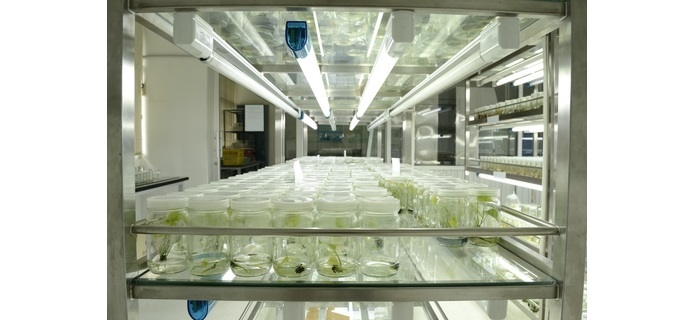
Regeneration ? In plant tissue culture by altering the growth conditions of a cell, for example, the hormonal composition we can make a meristem cell and even differentiated cell to regenerate to form a new cell of same or different types and even the entire plant. Also, we can regenerate root from shoot and vice versa which is normally not possible. This property of plant cells makes them totipotent.
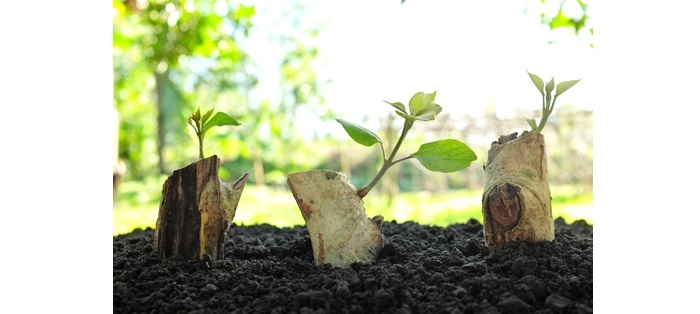
Plants are regenerated either by organogenesis or by somatic embryogenesis. Totipotency and regeneration are important characteristics of plant cells for the purpose of micropropagation, organ culture, somatic hybridizations, genetic modifications, and a lot more which is achieved through plant tissue culture.
-
The formation of organs like shoots, roots, and leaves (differentiated cells) from the callus (undifferentiated cells) through the process of re-differentiation in a culture medium by inducing the growth hormones is known as organogenesis.
This is again of 2 types, direct organogenesis (where an organ is formed directly from an explant and no callus formation) and indirect organogenesis (where an organ is generated from the callus). The formation of a root from the callus is known as rhizogenesis and the formation of a shoot is known as caulogenesis.
In somatic embryogenesis, the totipotent cells here may undergo an embryogenic pathway to form somatic embryos which are grown to regenerate into a whole plant.
Plant Growth Regulators ? There are mainly 4 plant growth regulators which are used in the tissue culture or an in vitro culture. They are Auxins, cytokinins, gibberellins, and abscisic acid. Primary growth regulators such as Auxins and Cytokinins play an important role in deciding the direction of an explant movement.
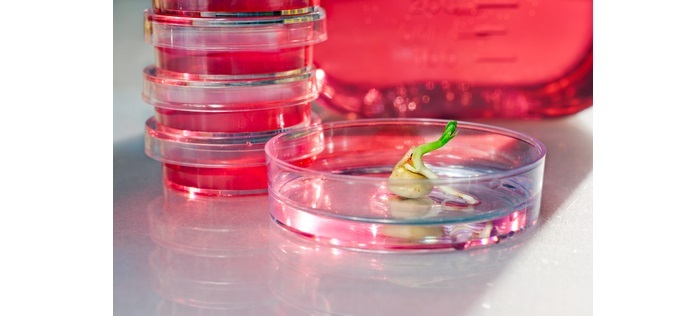
Auxins can induce callus formation, shoot elongation and root regeneration depending on the concentration at which it is used in the growth medium.
Cytokinins are mainly used for cell division, shoot regeneration, and somatic embryogenesis. These are also known to increase the metabolic activity within the cultured cells.
Usually in tissue culture, we take somatic tissue such as a leaf and allowed it for sterilization later which is broken down into pieces to be used as an explant. This explant, when placed on a suitable media with growth hormones can undergo the formation of a callus which is an undifferentiated mass of cells.
Apart from that the explant can move in another direction or fate which is known as embryoids and the process involved here is known as embryogenesis. These embryoids can be turned into artificial seeds which are then actually grown into full-fledged plants upon germination. Whereas on the other side, callus can be induced to develop roots by a process called rooting.
Further shoots can be developed from the callus through a process called shooting. In order to develop into mature plants these shoots develop further into axillary buds through a process called axillary growth which finally terminates in the formation of a whole plant.
This whole process is actually dependent on the amount or different concentrations of the growth regulators at any given time. Two primary growth regulators Auxins and Cytokinins are very prominent in the processes of callus induction, embryogenesis, rooting, shooting, and axillary growth.
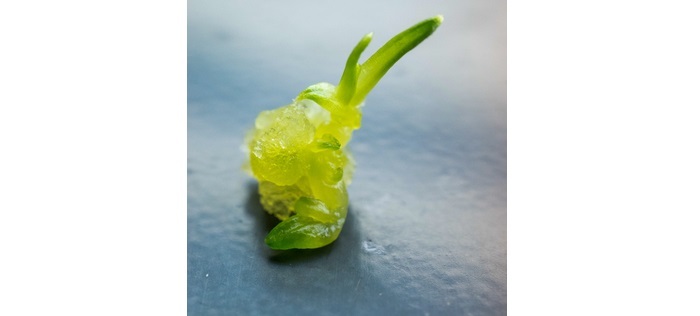
The Proportion of Hormones for Regeneration in In-Vitro Culture
The values discussed here might be independent and may vary depending on the experiment. While choosing a different plant or part of a plant that is an explant or depending on the conditions, these absolute concentrations of auxins and cytokinins might change. Hence only the ratios which are governing these processes are important rather than the values.
Callus Induction ? In order to induce the callus, it requires a 15:1 ratio of auxins to cytokinins which is 3mg/L of auxin and 0.2mg/L of cytokinins (Kinetin).
Rooting ? To produce roots after the callus formation, it requires a 150:1 ratio of auxins to cytokinins where the auxin is used in 3mg/L concentration and the cytokine used is in 0.02mg/L concentration.
Shooting ? In order to produce shoots, it requires a 1:333 very low ratio of auxin to cytokinin which is auxin used in 0.003mg/L and cytokinin used in 1mg/L concentrations.
Axillary Growth ? For the growth of axillary buds, it requires very low concentrations of auxin to cytokines which are in the ratio of 1:1000. Auxins required here are in the concentration of 0.001 mg/L and cytokinin in 1mg/L concentration.
Embryogenesis ? Here the formation of embryoids, it requires very high concentrations of auxins when compared to cytokinin. Here these are used in the ratios of 1000:1, among which auxin is used in 4 mg/L and cytokinin in 0.004 mg/L concentrations.
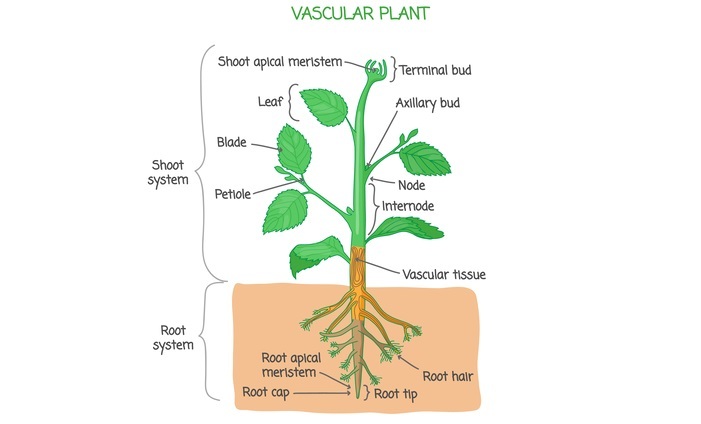
Conclusion
Plant growth regulators are the hormones which helps in regeneration of plant organs, cells, tissues or even an entire plant when an explant is cultured in the in vitro conditions.
Out of all the hormones both auxins and cytokinins play an important role as growth regulators whose ratios and concentrations in the culture media decide the formation of different organs from an explant. Summarizing all the above-mentioned ratios, we can say that at very high auxin-cytokinin ratios embryogenesis is promoted.
At relatively moderately higher ratios, rooting is promoted whereas, at the very intermediate level of auxin and cytokinin concentrations, callus is induced. At the very fewer ratios of auxin to cytokinin, shooting, and axillary bud formation occurs. So based on our objective while during tissue culture the composition of growth regulators is decided.

